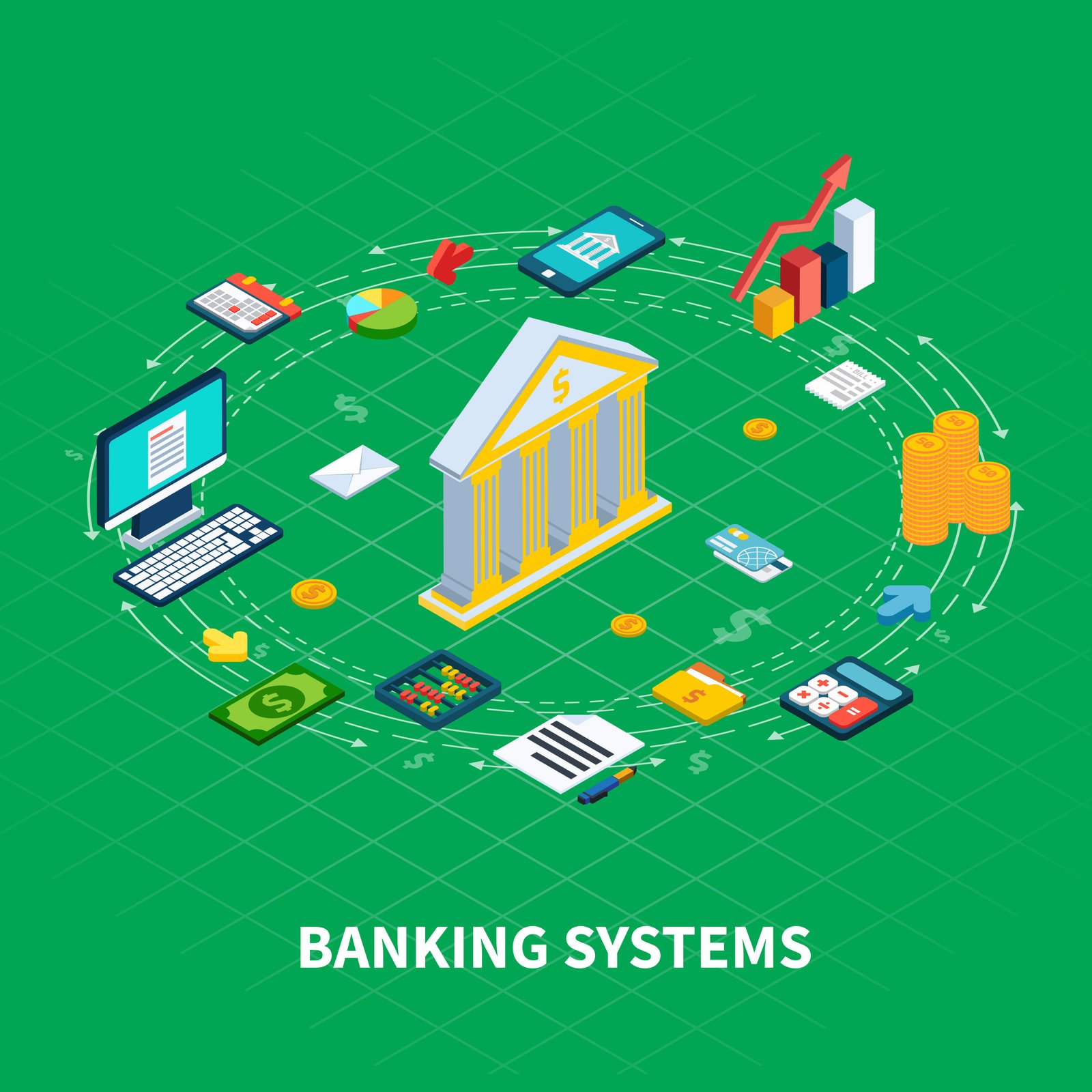No products in the cart.
A detailed overview of Laos’ financial sector in 2025, highlighting the roles of banks, microfinance institutions, and emerging FinTech trends.

The financial sector in Laos has undergone significant transformation in recent years. Traditional banking institutions continue to play a dominant role, while microfinance services and emerging FinTech solutions are broadening financial inclusion. This article explores the structure of Laos’ financial sector, highlighting banks, microfinance institutions, and FinTech developments shaping the country’s financial landscape.
Banking Sector in Laos
The banking sector is at the core of Laos’ financial system. The Bank of the Lao PDR serves as the central regulatory authority, overseeing commercial banks, development banks, and foreign bank branches. Commercial banks dominate the sector, providing services such as lending, deposits, foreign exchange, and trade finance. Recent reforms have aimed at strengthening capital requirements, risk management, and digital banking services.
Microfinance Institutions (MFIs)
Microfinance institutions play a critical role in promoting financial inclusion, particularly in rural and underserved areas. MFIs provide small loans, savings services, and financial literacy programs to low-income households and micro-enterprises. Government and donor-supported initiatives have expanded the reach of MFIs, helping alleviate poverty and stimulate local entrepreneurship.
FinTech Trends in Laos
The rise of FinTech is reshaping the financial sector in Laos. Mobile money, digital wallets, and online payment platforms are gaining traction, especially among young populations and urban users. Partnerships between banks and technology companies are enabling new services such as QR code payments, mobile banking apps, and blockchain-based remittance solutions. These innovations are helping Laos transition toward a cashless economy.
Regulatory Developments
The Lao government and the Bank of the Lao PDR have introduced regulations to govern digital financial services and strengthen consumer protection. Regulatory sandboxes have been created to allow FinTech startups to test products under controlled environments. These policies aim to balance innovation with stability and security in the financial system.
Challenges in the Financial Sector
Despite progress, Laos’ financial sector faces challenges such as limited access to capital markets, underdeveloped payment infrastructure in rural areas, and low levels of financial literacy. Additionally, many banks continue to rely heavily on traditional practices, slowing the adoption of new technologies.
Opportunities and Future Outlook
The financial sector in Laos is positioned for growth, particularly in digital banking and FinTech. Expanding financial services to rural communities, integrating with regional markets, and leveraging new technologies present opportunities for sustainable growth and deeper financial inclusion.
Conclusion
Laos’ financial sector is evolving rapidly, blending traditional banking with microfinance and FinTech innovations. With continued reforms and technological adoption, the country is set to create a more inclusive and competitive financial system.
About CITS Laos
CITS Laos provides specialized consulting services for businesses engaging with the Lao financial sector. Our expertise covers banking, microfinance, and FinTech advisory, helping clients navigate regulatory requirements and seize new opportunities.